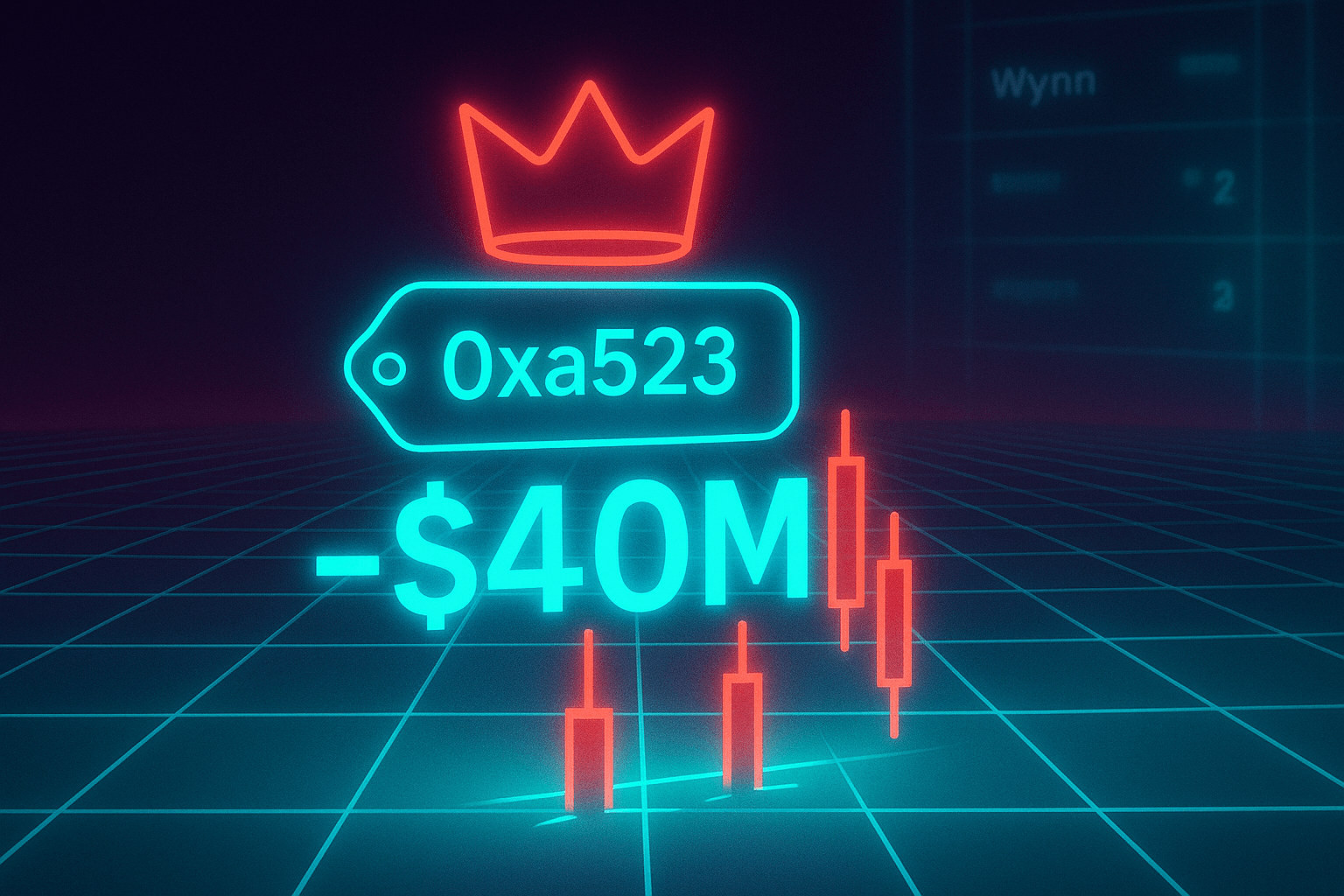BlackRock Quietly Accumulates 3% of Bitcoin — Implications for Liquidity and Price Discovery
August 19, 2025
BlackRock’s iShares Bitcoin Trust (IBIT) has crossed a symbolic threshold: more than 3% of Bitcoin’s circulating supply is now held on behalf of ETF investors. The milestone was first flagged in June 2025 and reinforced by new highs in early July as IBIT’s coin count exceeded 700,000. By mid-August, third-party trackers showed holdings approaching three-quarters of a million BTC, depending on methodology and the circulating supply figure used.
How the “3%” Threshold Was Reached
The 3% marker refers to share of circulating BTC, not the hard cap of 21 million. The path looked roughly as follows: IBIT’s coins climbed through late spring, passed ~662,000 BTC in June, and moved above 700,000 BTC in early July 2025. Since then, daily creations and redemptions have shifted the total modestly, but the structural picture remains the same: a single, regulated product now controls a multi-percentage slice of available supply.
Why It Matters
Institutional adoption. A spot ETF packages Bitcoin access inside brokerage and retirement accounts with audited reporting and standard custody. This removes operational friction for traditional allocators and normalizes BTC as a portfolio building block alongside equities and gold.
Persistent flow. ETF net inflows behave like a steady bid. Even when price chops, recurring contributions, model portfolios, and rebalances can keep demand present. That dynamic can compress drawdowns during quiet periods but also amplify moves if flows reverse.
Liquidity, Microstructure and Volatility
ETF creations translate investor cash into spot coin purchases via authorized participants. When creations outpace on-exchange sell pressure, visible order books thin and slippage rises. In redemptions, the mechanism runs in reverse. The result is a market more sensitive to flow timing around U.S. trading hours and AP activity, with short bursts of tight liquidity during large creations or redemptions.
For traders, that means execution quality hinges on venue choice and timing. During heavy ETF activity, spreads can widen, depth can vanish, and impact costs rise. For treasurers and market makers, fee and impact modeling should incorporate ETF calendar effects, not just generic volatility.
Concentration and Governance Questions
A single wrapper holding several percentage points of circulating BTC raises fair questions about concentration. The ETF structure is custodial and regulated, but end-investor behavior funnels through one vehicle. Key concerns include: how coin lending or staking is handled (if at all), how creations/redemptions interact with custody, and whether large holders via the ETF could influence short-term liquidity conditions. None of these change Bitcoin’s consensus, yet they do shape the path prices take to reach equilibrium.
What to Watch Next
Net flows and AUM prints. Daily creations/redemptions and monthly AUM milestones are now core signals for short-term market tone.
Holdings disclosure cadence. Tracker updates and issuer data help triangulate true coin counts and any methodology drift in circulating-supply estimates.
Policy changes. Any shifts in creation/redemption mechanics, custody practices, or regulator guidance can alter microstructure and risk premia.
Actionable Takeaways for PayPilot Clients
Plan size away from public impact. For large conversions or treasury rebalances, route blocks through the PayPilot OTC desk to reduce market footprint when ETF flows are dominant.
Segment “spend” from “store.” Keep operational balances in the PayPilot crypto wallet for payments and settlements, and use the crypto card for everyday spend. Treat long-term BTC exposure as a separate sleeve.
Automate execution windows. If your unit economics are fee-sensitive, automate alerts and rules to execute during quieter flow windows instead of competing with large creations.
Bottom line: BlackRock’s 3%+ share signals durable institutional demand and a market increasingly steered by ETF flows. That doesn’t change Bitcoin’s fundamentals, but it does change how and when liquidity appears. Price discovery will track the rhythm of creations and redemptions as much as it tracks headlines.



